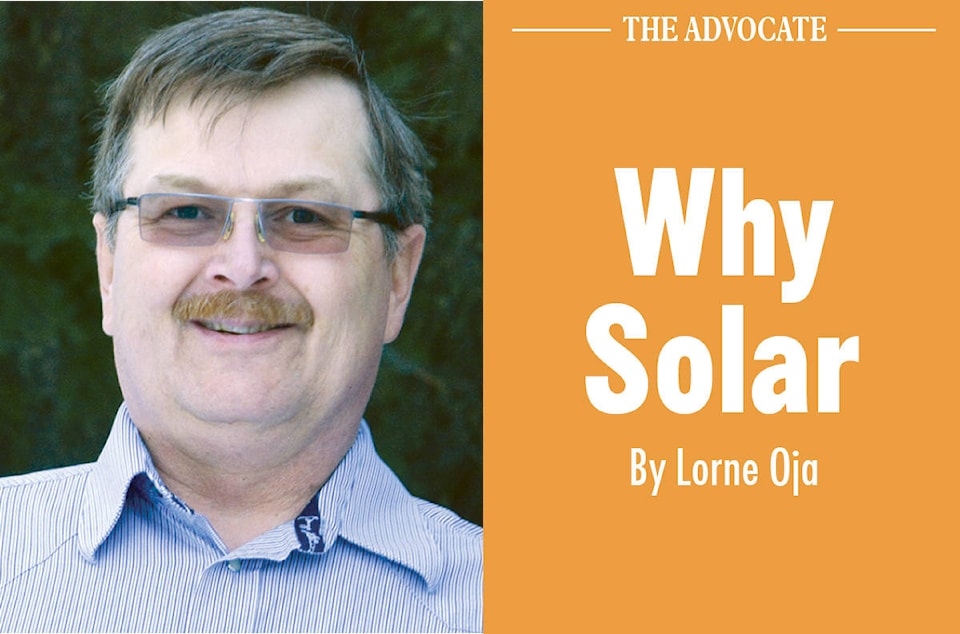Resources play a huge role in the advancement of society; they also are the focus of disputes. Currently the North American Free Trade deal is in trilateral negotiations and protectionism has raced its menacing head. Resources, be it agricultural grain, forest products, or manufactured goods, whatever their form, drive the economy; they feed families.
Oil, agriculture, and forestry have fed many a clan over the past 112 years since this province joined confederation. Times are changing, the items we take for granted each day, from our phones to our bank cards, are technological magic our ancestors could not imagine. Modern inventions form a scientific paradigm that is ripe with possibilities.
It is given, a company will be successful if it can accurately gauge and supply a product that the marketplace cannot live without. This is the hallmark of a free market economy. While crude oil has become demonized, and it is undeniable that the world suffers from its use, it is also undeniable that oil has propelled civilization to this point in time. It has allowed us to make the advancements so accepted by world wide populations.
Lowering the atmospheres oil induced carbon content is vital; recycling to hold current levels is pertinent, but the Holy Grail is to make it profitable. Climate scientists at the chemical Engineering Department at the University of Surrey in England have developed a super-catalyst that not only pulls C02 out of the air we breathe but also recovers CH4 (methane). On recapture, the methane and carbon dioxide are converted into a synthesis gas which can then be converted into either fuel or more importantly, valuable chemical commodities for the production of plastics and other products. The significance of this new catalyst is the reduced costs afforded and the lucrative markets allowed access.
One of the largest concerns with coal fired plants is the emissions of C02. With carbon recovery, and reconstitution into valuable products we could literally “buy time” while we wait for alternate forms of energy to become mainstream. Saskatchewan’s SaskPowers Estevan facility claims the World’s only coal fired power plant CCS project; and while carbon capture and storage is viable, it is expensive; a saleable waste stream would change the financial equation substantially.
Alberta industry currently captures and sequesters in the neighborhood of 2.76 megatonnes of CO2 yearly, but there is one giant caveat to these CCS projects. Costs are massive, the magnitude of these outlays make it imperative for economic recapture of investment if they are to continue in perpetuity. It is notable George Washington University has estimated the market for carbon nanotube wool (CNT), at $100,000 – $400,000 / ton.
New technologies are expensive at start-up, but if we can reduce cost, increase efficiency, and develop projects that can supply existing markets for carbon fibre, or plastics, then the technology will be able to transform. To finance this transition Alberta ultimately depends on oil.
We need money to buy the time necessary to transition from a Model T to a Tesla.
Lorne Oja can be reached at lorne@solartechnical.ca
